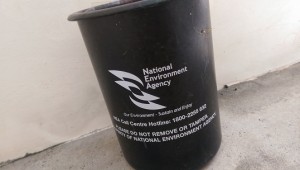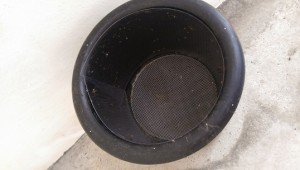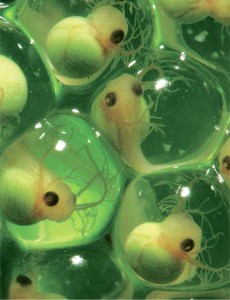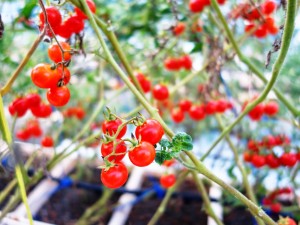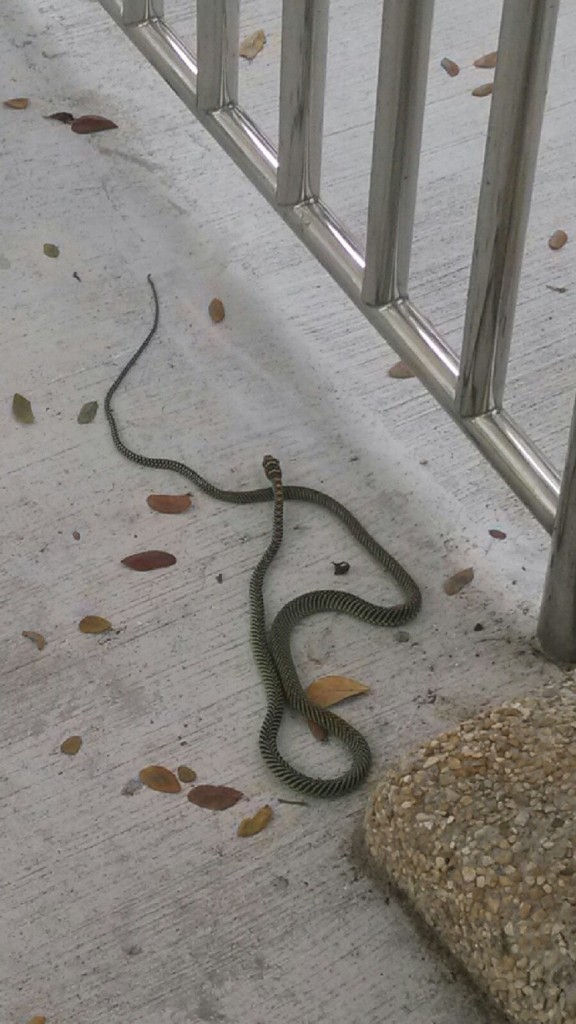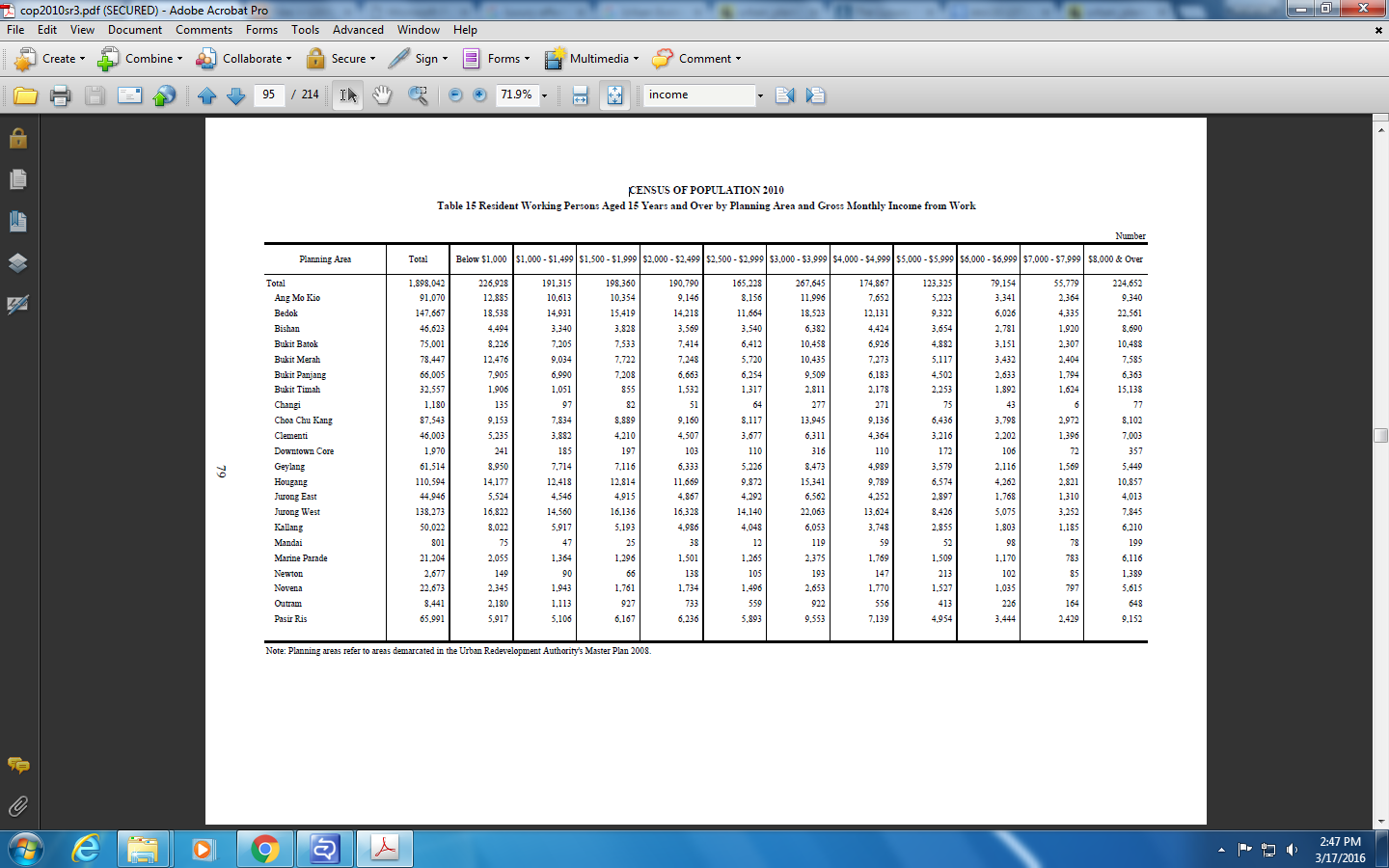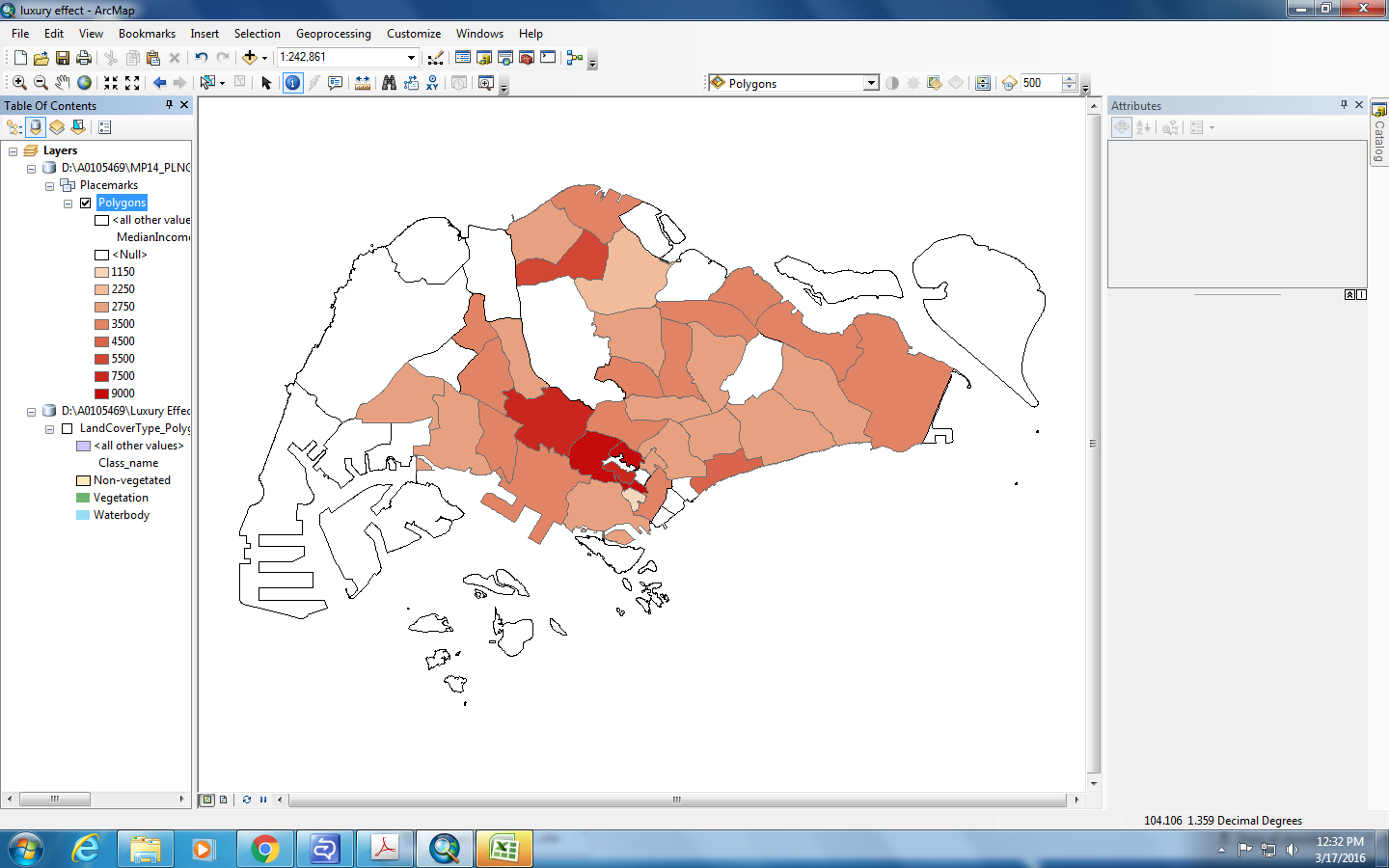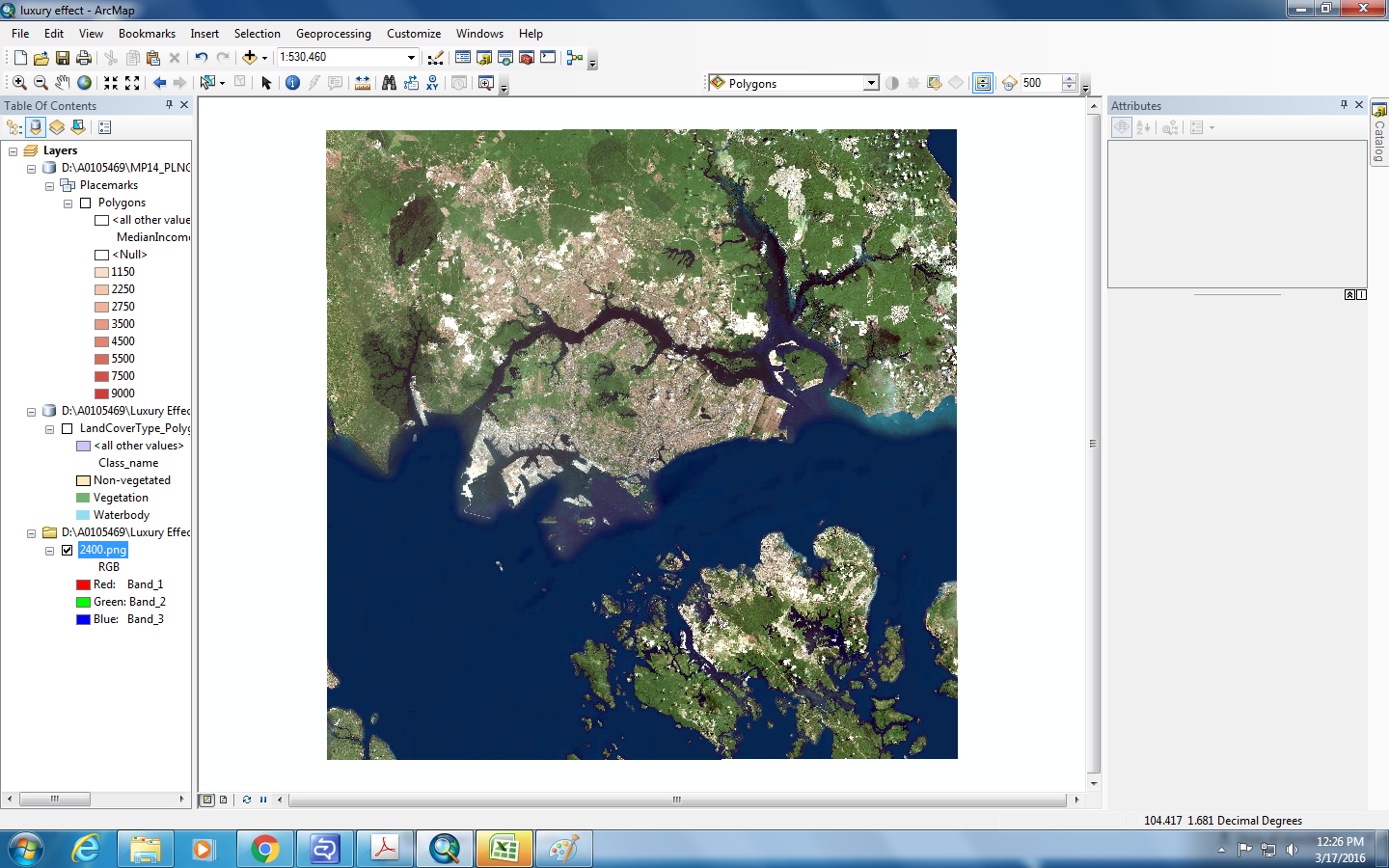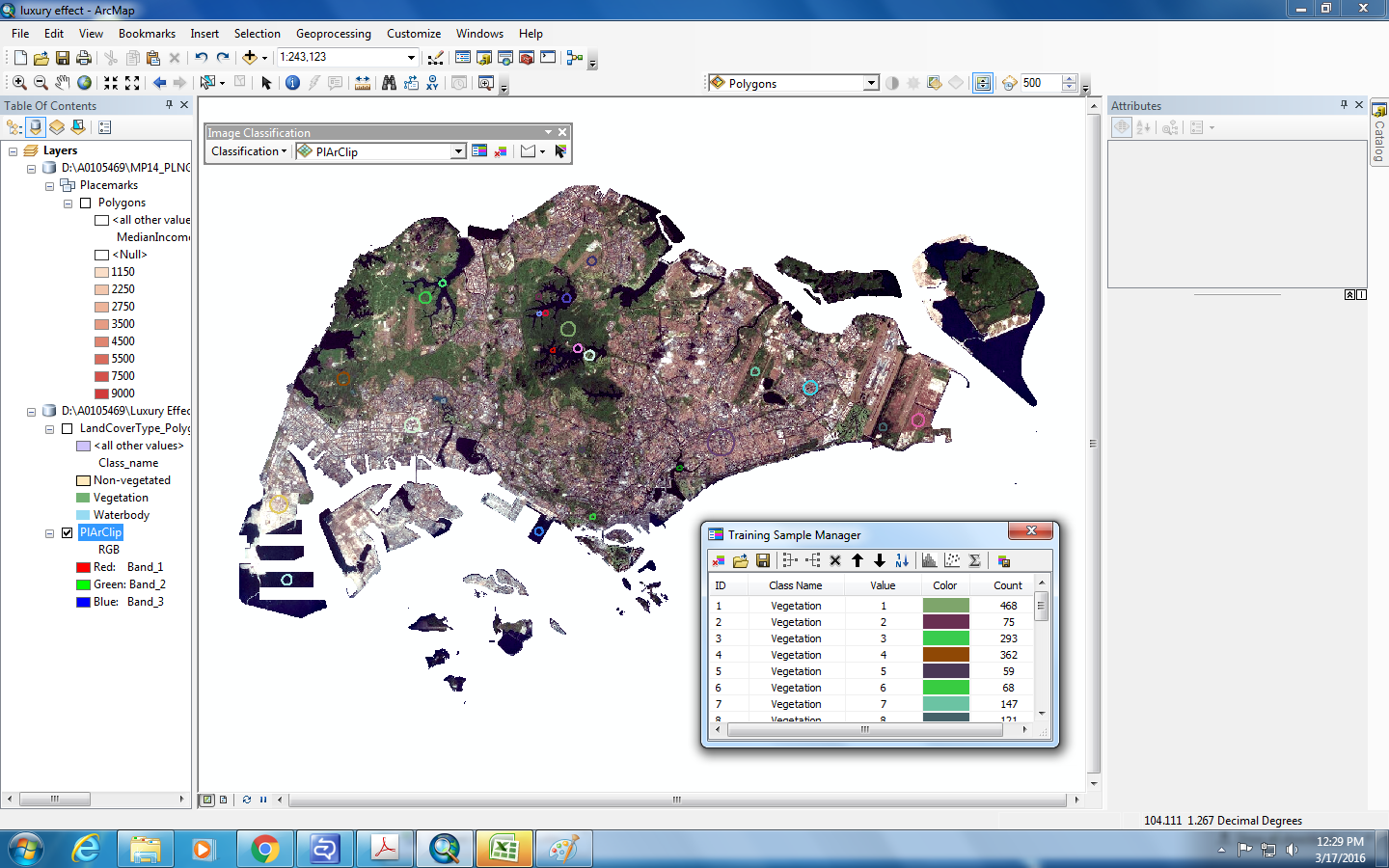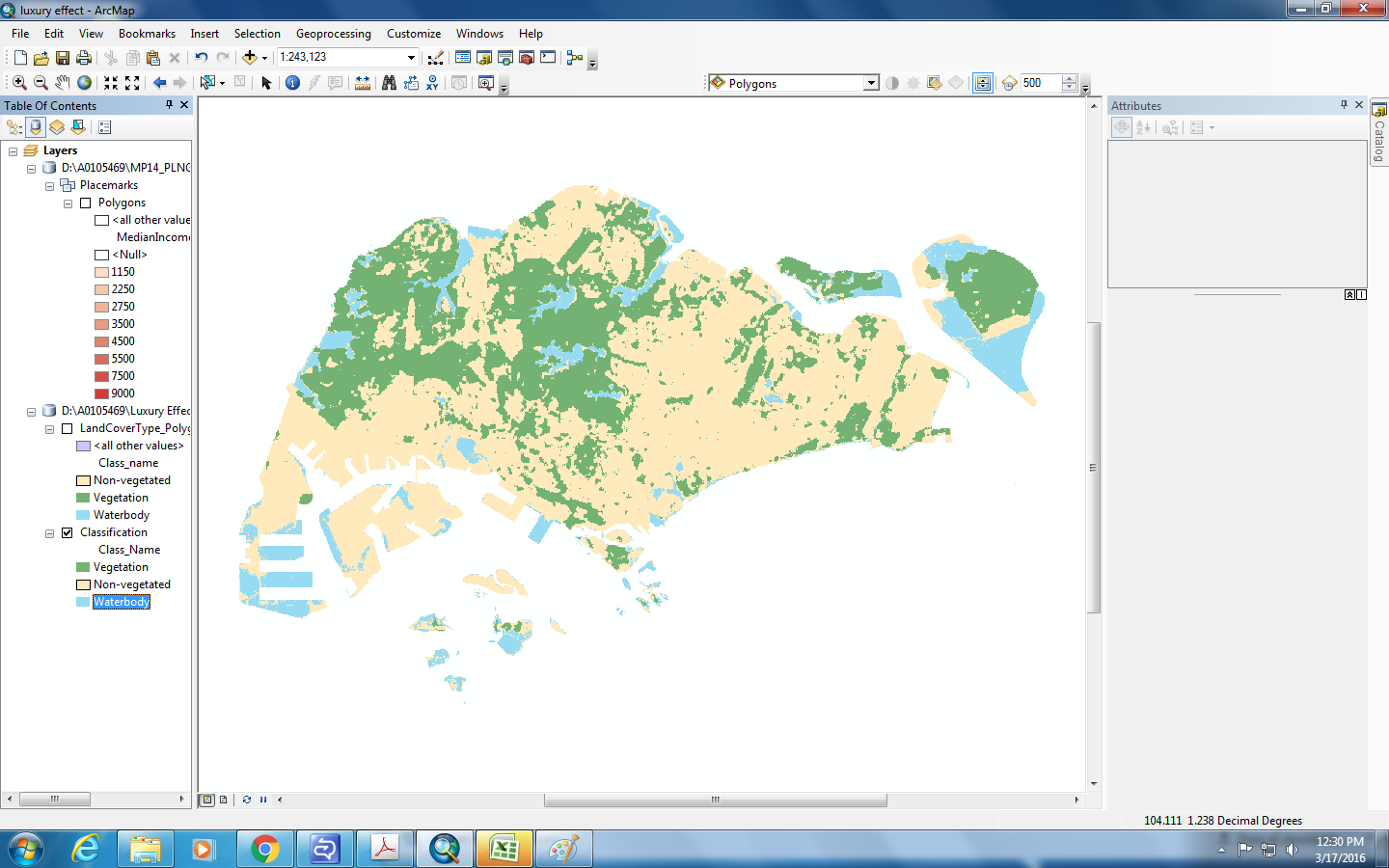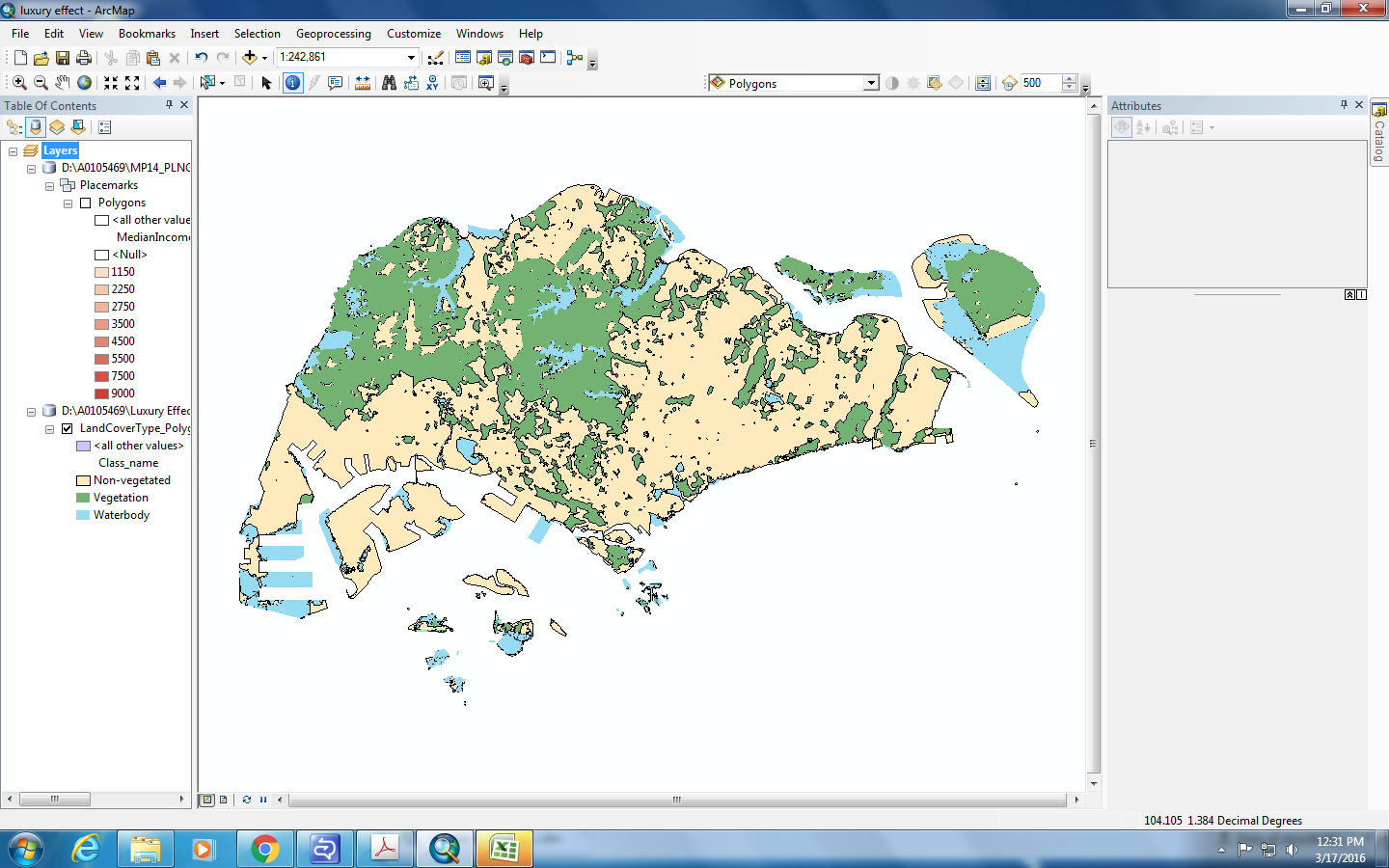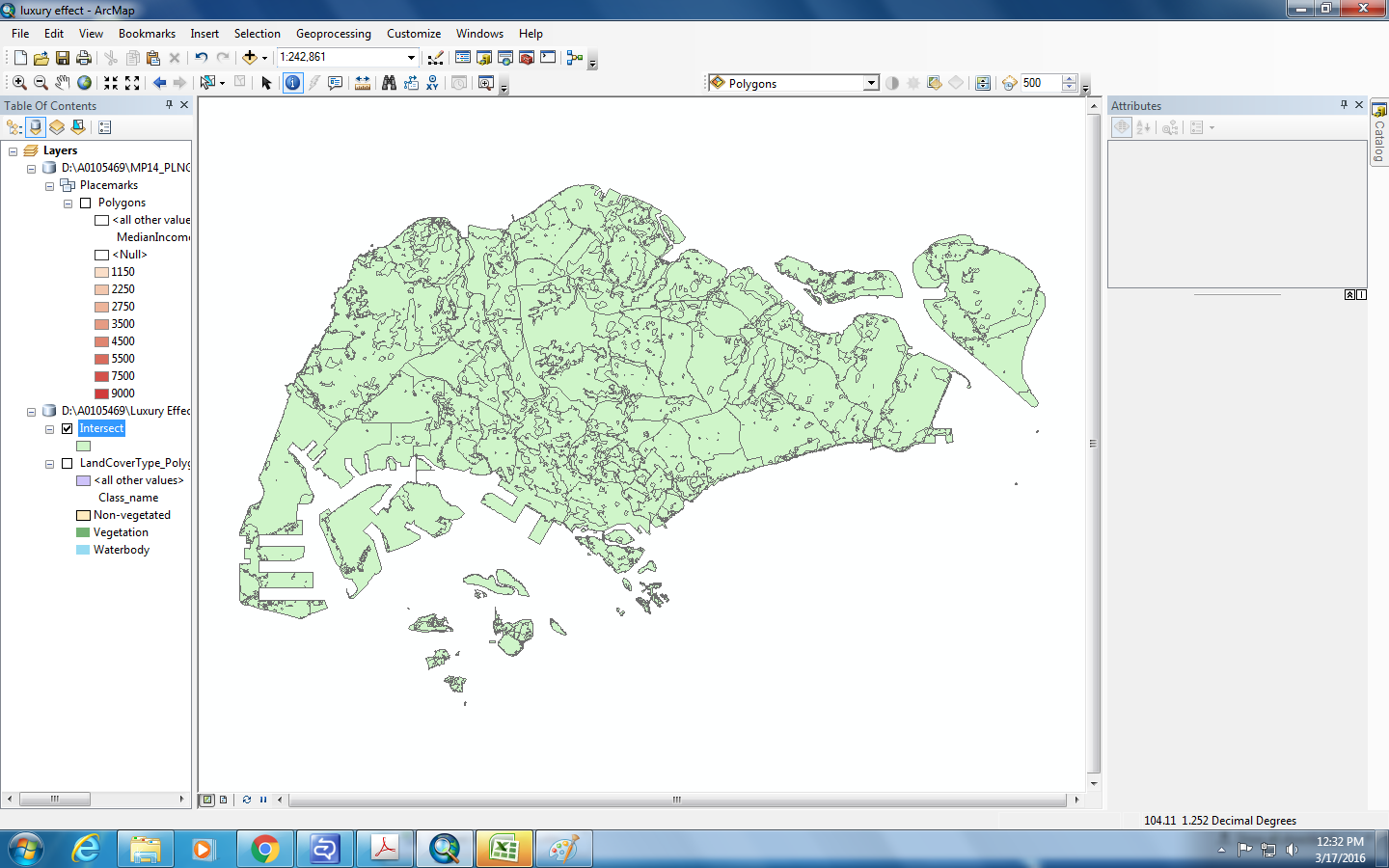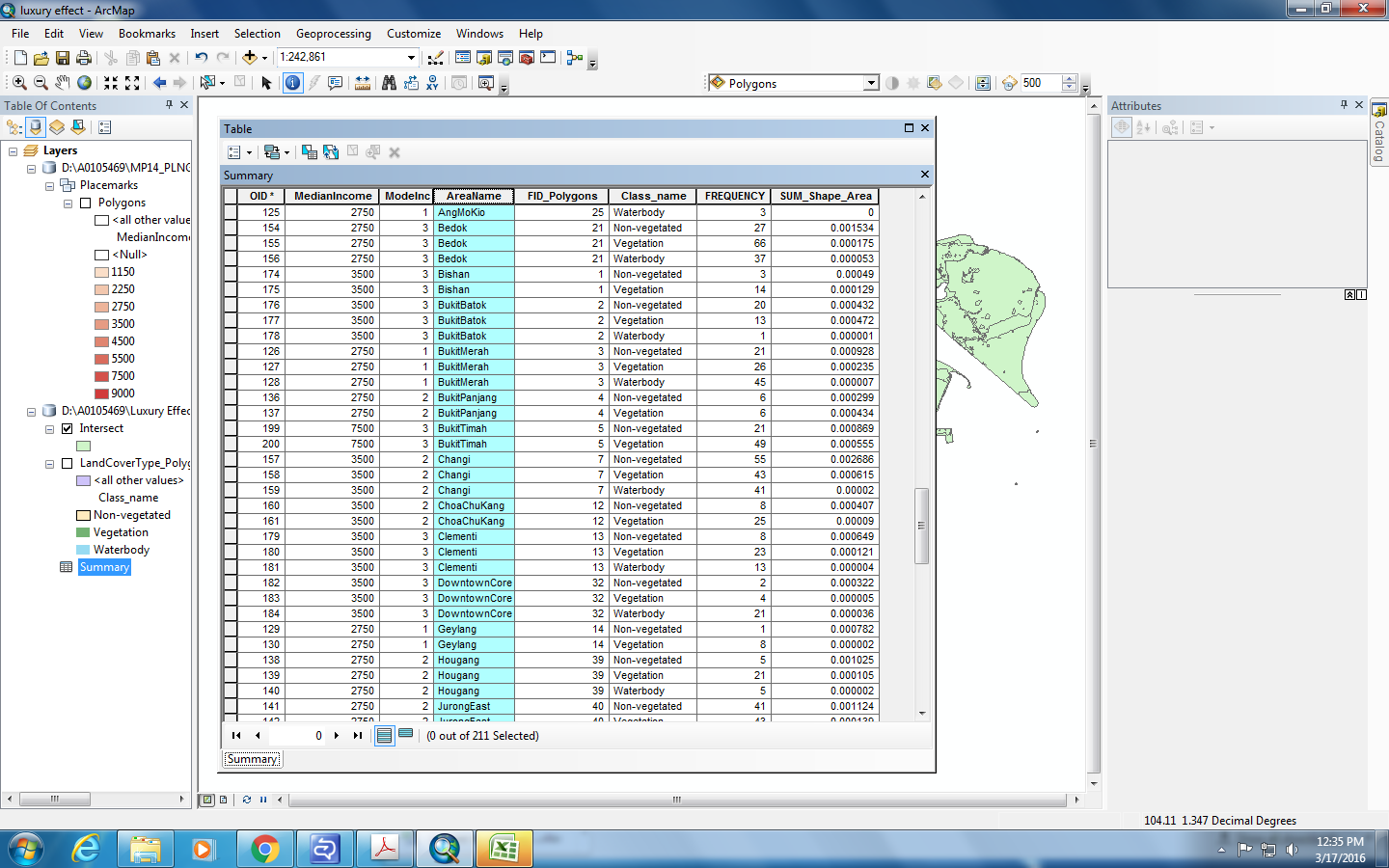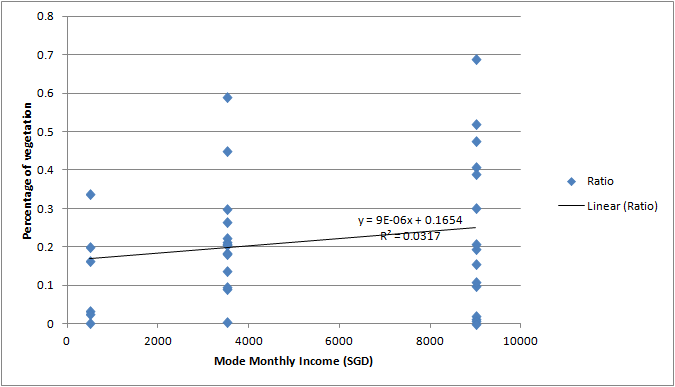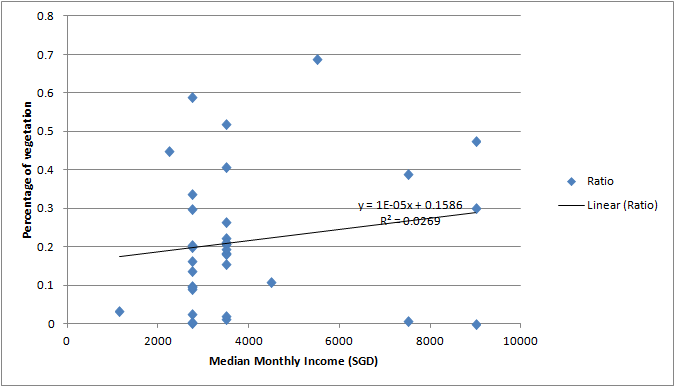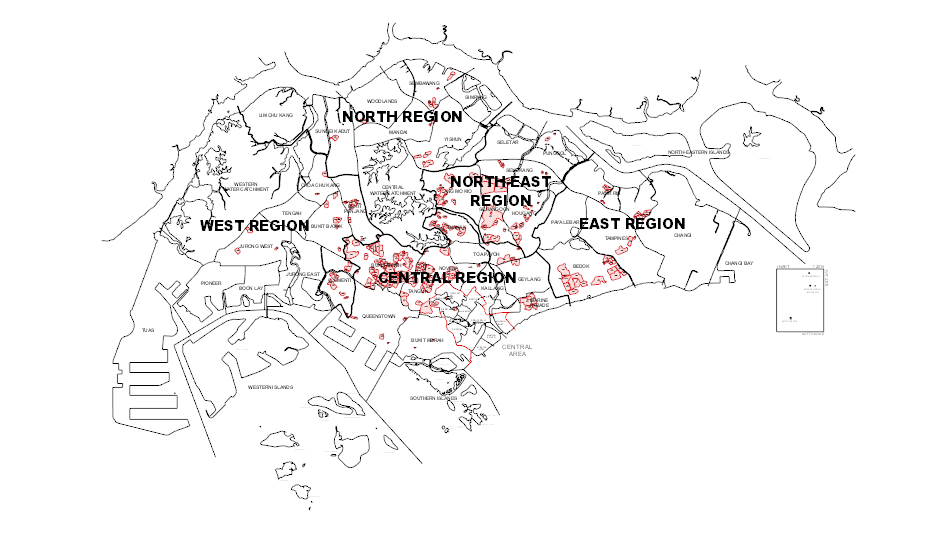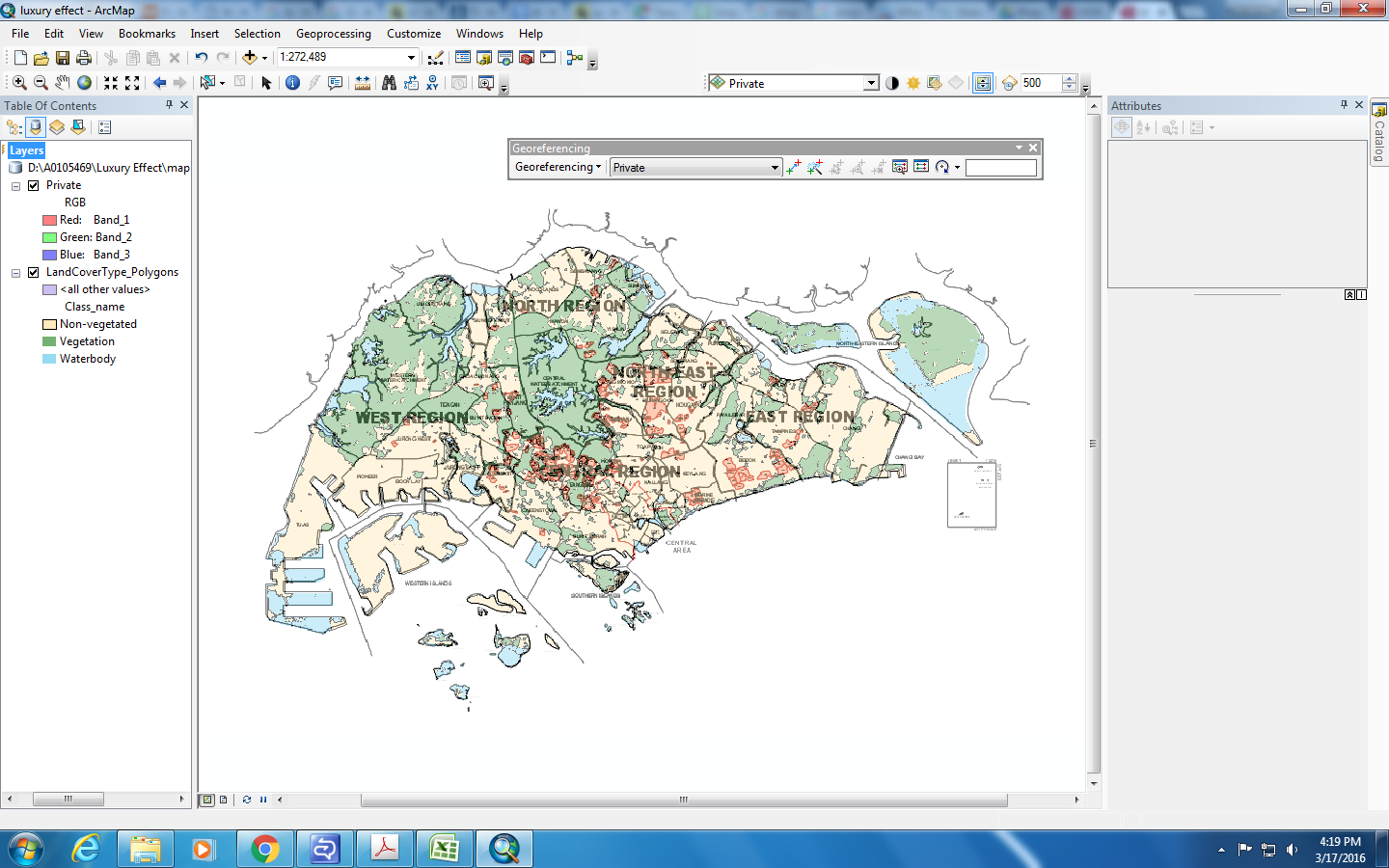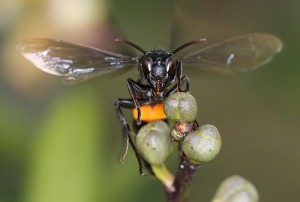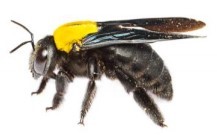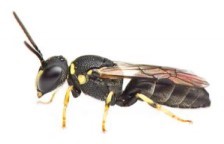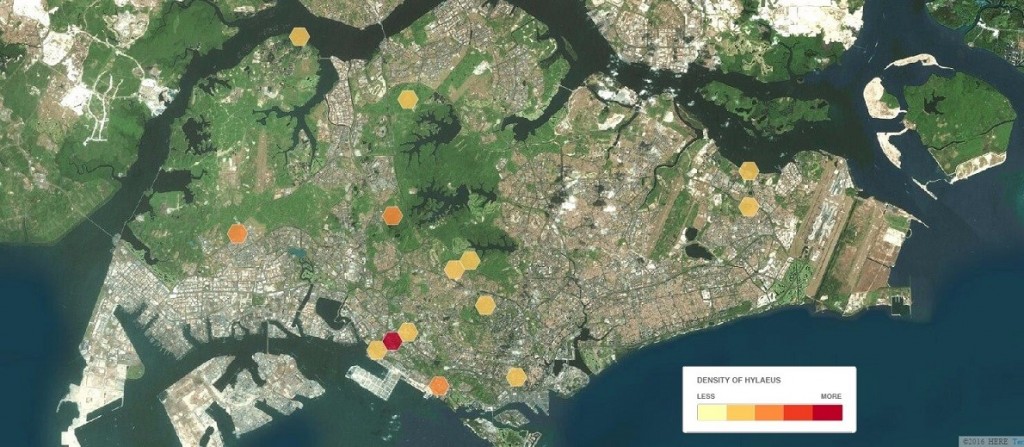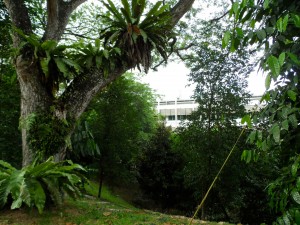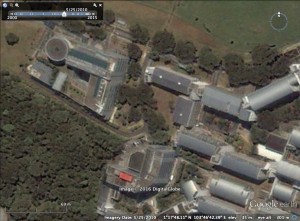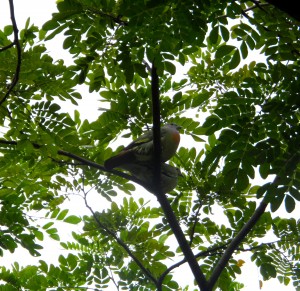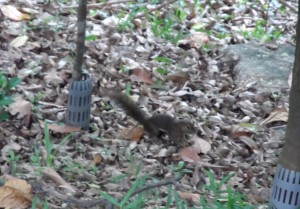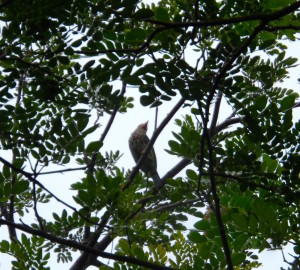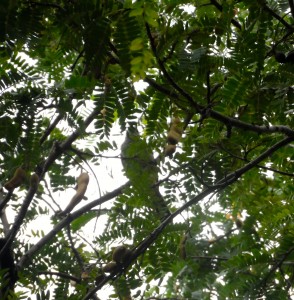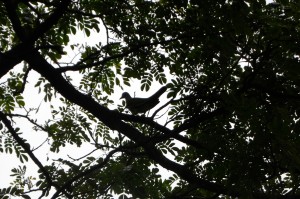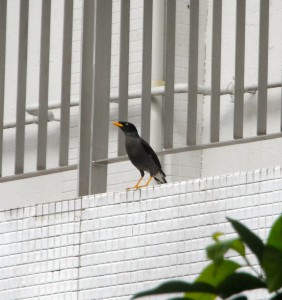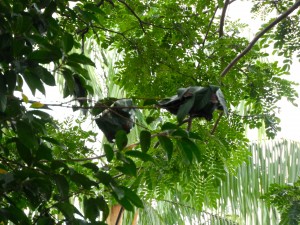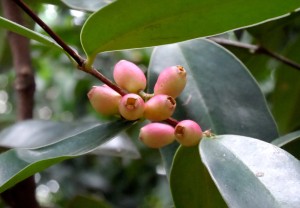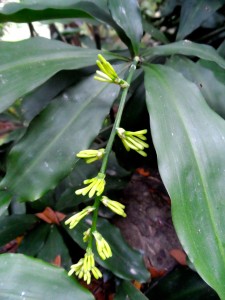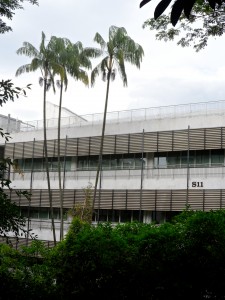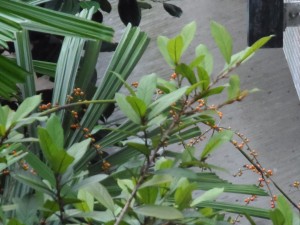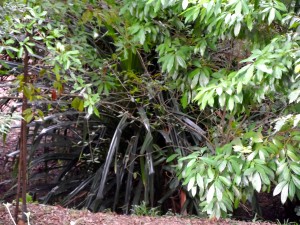Hi guys! I just read “Dengue, Urbanization and Globalization: The Unholy Trinity of the 21st Century” by Gubler (2011). It’s a fun and easy-to-read article, and I felt that many of the statements raised by the author (mostly focused on the American context) were interesting to discuss in relevance to Singapore.
First, Gubler points out that “The dramatic global geographic expansion and the increased incidence of epidemic dengue coincided exactly with urban growth and globalization”. Similarly, we have seen isolated cases of malaria surfacing in our small and densely-populated island, usually from infected foreigners travelling to Singapore. With the possibility of microbial mutations, we may soon witness the re-emergence of once-eradicated diseases on our shores. So, is it wise for our country to invest resources in mandatory year-round screening of arrivals at the airport, and quarantine those that display symptoms for highly-communicable and serious illnesses? After all, it only takes one person to start an outbreak in population-dense Singapore. What are some of the barriers that this initiative will face?
Second, Gubler makes some points which he believes are the main cause for America’s failure in controlling the flourishing of mosquito vectors. I highlight two of them here:
- The “lack of political will and thus resources”
- “Too much emphasis on high technology such as space spraying of insecticides”
I believe that point a) was made with reference to the successful eradication program of Aedes aegypti in America, which led to increasing apathy and complacency towards subsequent mosquito control efforts. However, in the case of tropical Singapore, we seem to be fighting a year-round war with the dengue virus. Even though there are ‘off-peak’ periods in the emergence of new dengue cases, the risk of infection is still present.
As for point b), Guber mentions that “successful mosquito control programs were replaced by emergency space spraying of nonresidual insecticides in response to reported cases of dengue”, which had “high visibility and was very popular politically”, but lacked efficacy as it failed to target mosquitoes which were seeking refuge within homes. This point resonates strongly with me, as I recall frequently seeing pest-control workers years ago lugging huge canisters on their backs and fogging up neighbourhoods to kill adult mosquitoes, or applying some sort of chemical to public drains and gutters, presumably to eliminate mosquito larvae. Back then, I was wondering if such efforts were really useful, since I was bitten at home shortly after a fumigation event near my house. However, I don’t seem to see these efforts recently, at least not in my neighbourhood. Instead, some strange sort of container (possibly a mosquito trap?) by the National Environment Agency (NEA) has been placed near my lift- with no explanatory text whatsoever.
Fig.1. Mosquito trap-like container found near my lift
There has also been a strong focus on community outreach, such as the highly publicised “5-step Mozzie Wipeout” campaigns, (somewhat intimidating) door-to-door surveillance by NEA officers, as well as huge banners which state the colour-coded ‘dengue alert’ status of the neighbourhood. Thus, I believe that Guber’s statement does not hold for Singapore. In fact, the situation seems to have been reversed, with more focus being placed at individual household levels.

Fig. 2. The ubiquitous “5-step Mozzie Wipeout” banner which can be found at many bus stops and on SBS buses (Photo credit: NEA)
In all, I feel that these two points raised in Guber’s article with regards to the causes for America’s failure in controlling mosquito populations generally have limited applicability to the Singapore context. This is a good thing, for it means that our government has already taken steps to resolve and/or prevent them. In fact, the NEA seems to be doing quite a fair bit in terms of managing the dengue situation, as observed from their multi-pronged approach. However, is it working effectively? One 47-year-old man has already succumbed to the dengue virus this year, and a shocking 628 dengue cases were reported between Jan 10 to 16, which is the highest weekly figure in more than a year. Furthermore, with the onset of El Nino, which has caused an increase in temperature and thus favourable mosquito breeding conditions, the problem is expected to worsen.
With these issues in mind, should any changes be made to our current approach, which is largely remedial (e.g. focused on vector-elimination and medical treatment)? Should the government focus on pre-emptive measures instead (e.g. vaccines)? Also, should extra effort be made to provide safety-nets for more vulnerable members of public, such as immuno-compromised elderly who live alone?
References
http://www.straitstimes.com/singapore/health/47-year-old-singaporean-man-dies-from-dengue-first-death-reported-in-2016
